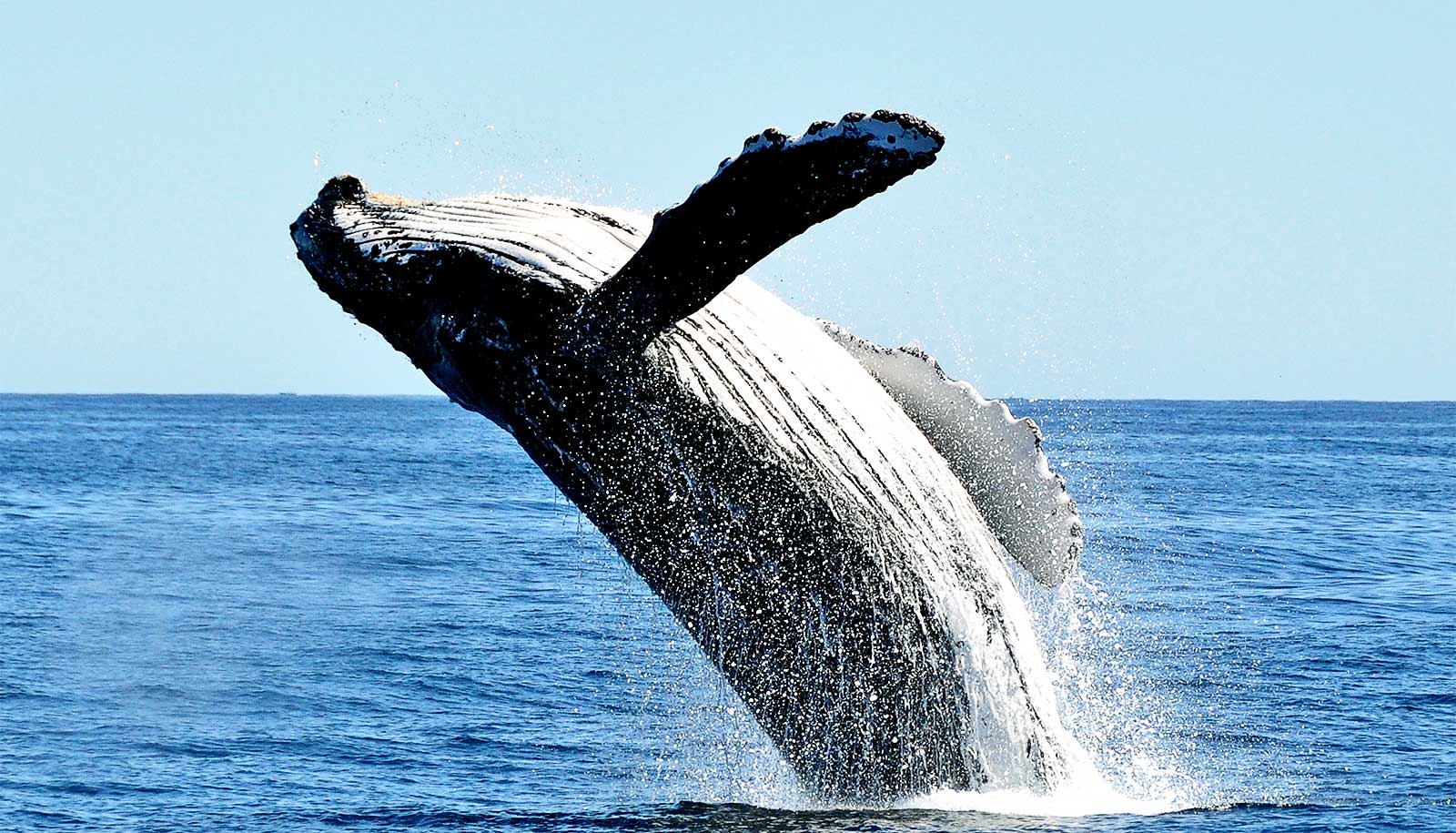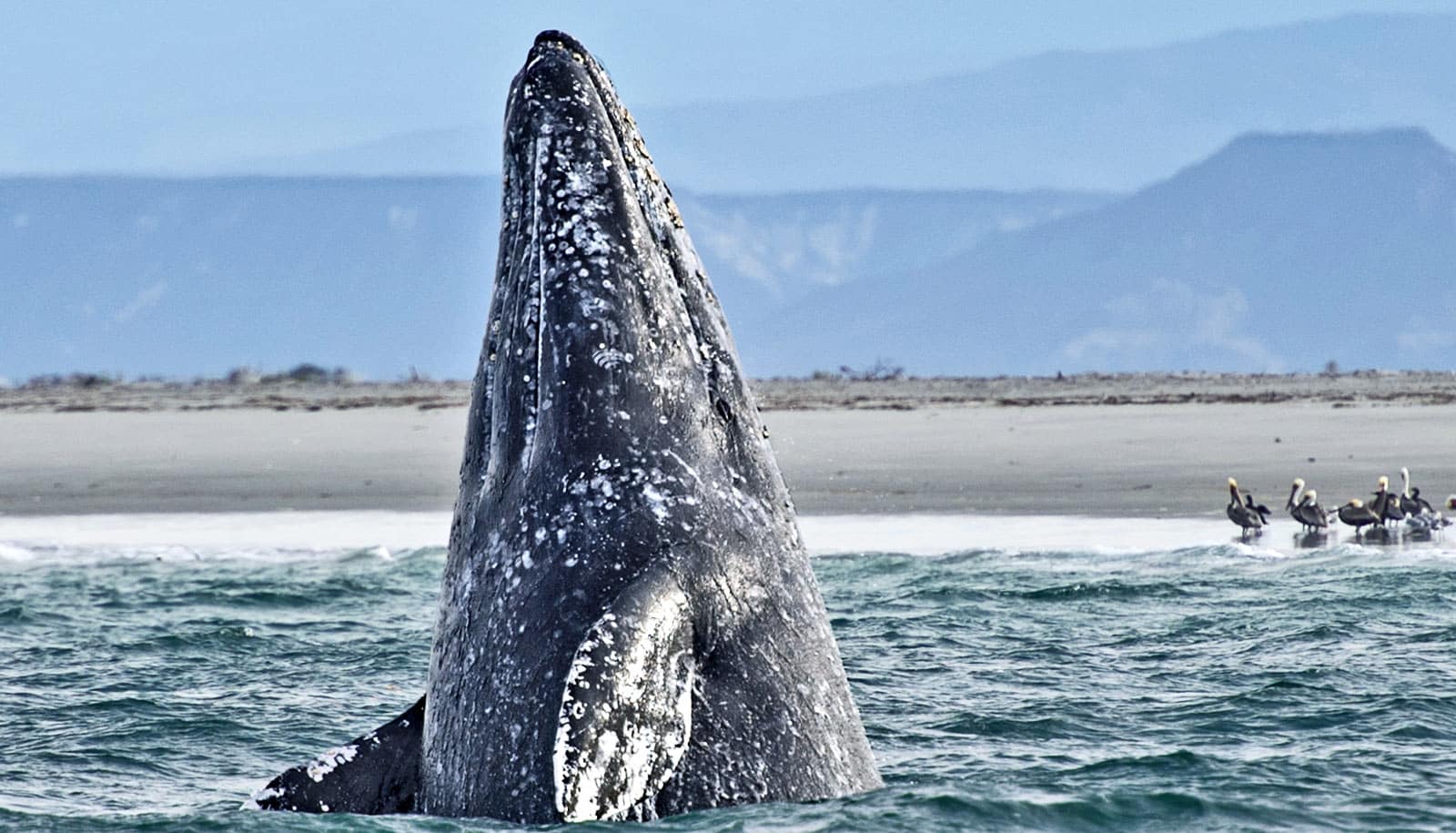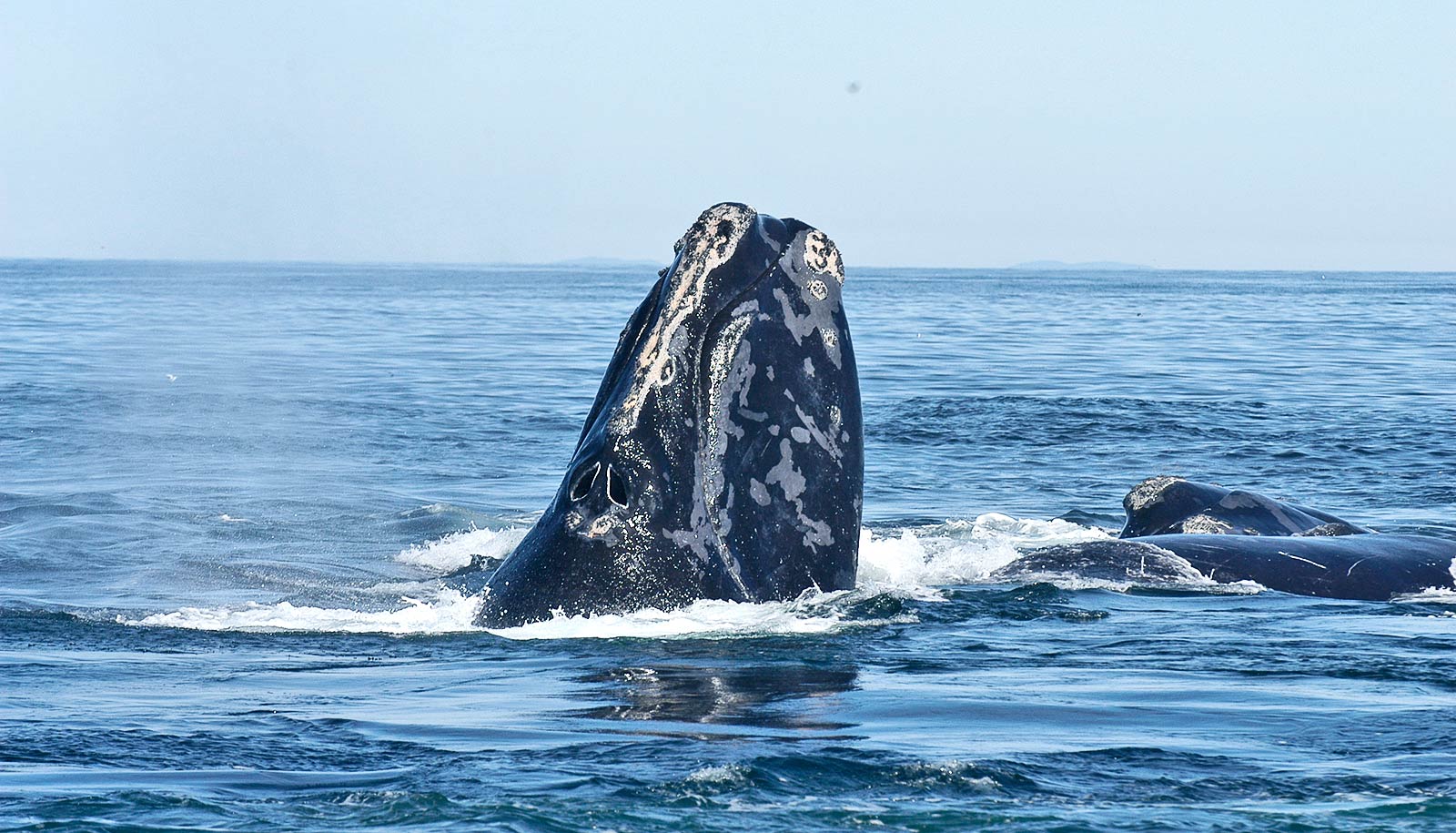A population of humpback whales in the South Atlantic has rebounded from the brink of extinction, researchers report.
Intense pressure from the whaling industry in the 20th century saw the western South Atlantic population of humpbacks diminish to only 450 whales. Estimates show that the industry caught 25,000 whales over approximately 12 years in the early 1900s.
As scientists noticed declining populations worldwide in the 1960s, protections followed. In the mid-1980s, the International Whaling Commission issued a moratorium on all commercial whaling, offering further safeguards for the struggling population.
A new study, published in the journal Royal Society Open Science, shows the western South Atlantic humpback (Megaptera novaeangliae) population has grown to 25,000. Researchers believe this new estimate is now close to pre-whaling numbers.
“We were surprised to learn that the population was recovering more quickly than past studies had suggested,” says John Best, a doctoral student in the School of Aquatic and Fishery Sciences at the University of Washington.
The study follows an International Whaling Commission assessment conducted between 2006 and 2015. Those findings indicated the population had only recovered to about 30% of its pre-exploitation numbers. Since researchers completed that assessment, new data has come to light, providing more accurate information on catches—including struck-and-lost rates—and genetics and life-history.
“Accounting for pre-modern whaling and struck-and-lost rates where whales were shot or harpooned but escaped and later died, made us realize the population was more productive than we previously believed,” says Grant Adams, a doctoral student in the School of Aquatic and Fishery Sciences who helped construct the new model.
By incorporating detailed records from the whaling industry at the outset of commercial exploitation, researchers have a good idea of the size of the original population. Experts used a combination of air- and ship-based surveys, along with advanced modeling techniques to make current population estimates.
The model built for this study provides scientists with a more comprehensive look at the recovery and current status of the humpback population. The authors anticipate other researchers can use the model to determine population recovery in other species in more detail as well.
“We believe that transparency in science is important,” Adams says. “The software we wrote for this project is available to the public and anyone can reproduce our findings.”
Lead author Alex Zerbini of the NOAA Alaska Fisheries Science Center’s Marine Mammal Laboratory stressed the importance of incorporating complete and accurate information when conducting these assessments, and providing population assessments without biases.
The new findings come as good news, he says, providing an example of how an endangered species can come back from near extinction.
“Wildlife populations can recover from exploitation if proper management is applied,” Zerbini says.
The study also looks at how the revival of South Atlantic humpbacks may have ecosystem-wide impacts. Whales compete with other predators, like penguins and seals, for krill as their primary food source. Warming waters due to climate change may further affect krill populations, compressing their range closer to the poles.
“Long-term monitoring of populations is needed to understand how environmental changes affect animal populations,” Zerbini says.
Additional coauthors are from the Alaska Fisheries Science Center and the British Antarctic Survey. The Pew Bertarelli Ocean Legacy Project, the US National Marine Fisheries Service-NOAA, the British Antarctic Survey, and the University of Washington funded the work.
Source: University of Washington


